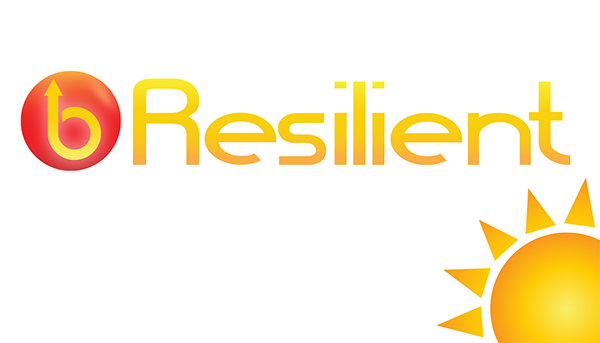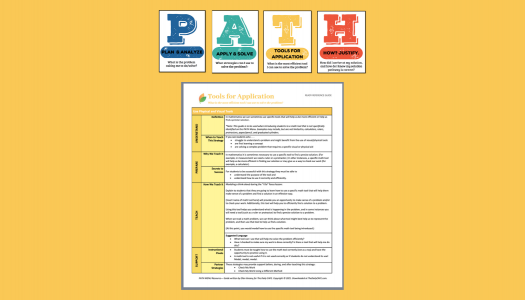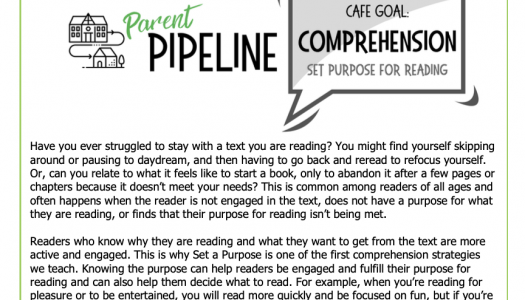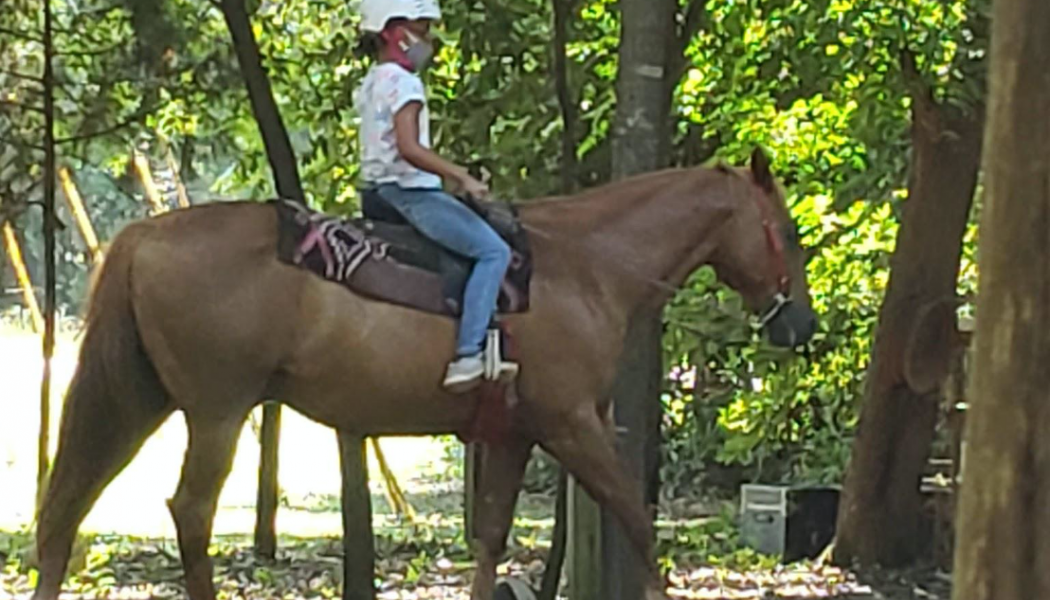
Brittany Daniels
One year ago, after bingeing a Netflix show about tween girls who work at a stable, my daughter Rhyan began taking riding lessons. She alternates between two horses, Zip and Red, and as she learns how to hold and maneuver the reins, Zip follows her lead with ease. Rhyan never needs to raise her voice in speaking the commands, as horse and rider walk, jog, and canter around the cones on the track. Ah, Zip days are flawless.
But Red days? Well, I recently watched from my car as Rhyan struggled to steer him, pulling with her right arm as Red turned the wrong way or stopped completely. Mr. Danny, the instructor, told my soft-spoken daughter to use a deeper voice, shout at Red, yank the reins, and use the small whip that she carries. When the lesson ended, Rhyan dismounted in tears and sulked on her way to the car. As I talked with Mr. Danny about Rhyan’s next lesson, I said, “I’ve noticed that Red is really temperamental. Could Rhyan just ride Zip? Her lessons tend to go much better with him.” 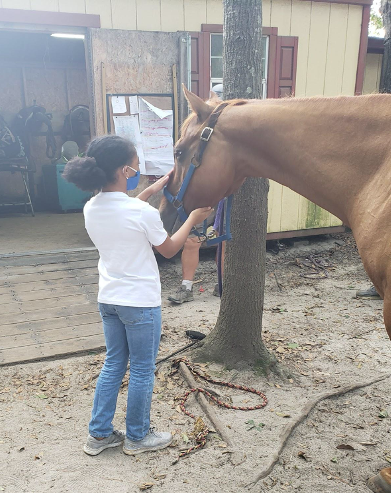
Mr. Danny agreed that Red was the more stubborn of the two horses, but he explained that Red’s more challenging temperament served a distinct purpose in training. It was easy to be laid-back and easygoing with Zip, but Red forced riders to be good at the fundamentals and use firm, definitive gestures and loud, clear commands. According to Mr. Danny, even veteran riders occasionally took a few laps on Red just to shore up their basics.
This has been more of a Red year than a Zip year, with neither personal nor professional plans going as we had envisioned. When an idea has pulled us toward the right, something unexpected has pushed us to the left. A few parents have acted like Red, blaming teachers for things not going as planned, and when students have seemed to intentionally derail lessons and activities, they have perhaps reminded us a bit of Red. These students, however, are often reading below grade level and need extra support, just like Red, with this year’s grade-level standards.
I challenge you to consider how this past year might prompt you to develop particular instructional moves. How could you hone certain aspects of your teaching practice to better manage situations with both students and parents who remind you more of Red than Zip? It will be easier to address these challenges if we have plans in place for such students. Daily Five and CAFE lend themselves perfectly to the Reds and the Zips, allowing for choice, voice, and differentiation. As our students teach us how to assess and meet their needs, we can monitor, adjust, and saddle up for another ride.
News From The Daily CAFE
Make and Adjust Predictions; Use Text to Confirm: Kid Teacher
Use Physical and Visual Tools—Ready Reference Guide (PATH)
Set Purpose for Reading—Parent Pipeline
